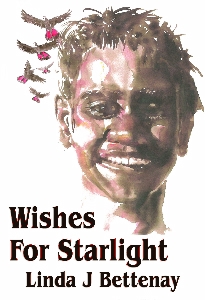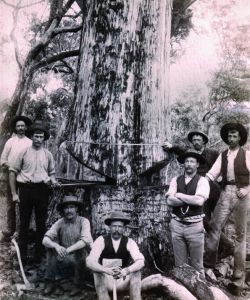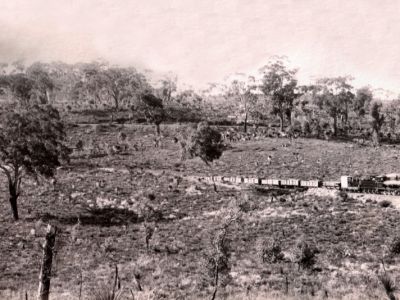Wishes for Starlight
The central character in 'Wishes For Starlight' is Starlight; a mixed blood, deaf mute Aboriginal who lived over the period 1889 - 1930s. The plight of the Aboriginal is shown through the prism of the discrimination and racism of the time; the imposition of the 1905 Aborigines Act, the establishment of Aboriginal reserves and the gradual removal of rights from Aboriginal people.
Linda J Bettenay entwines Starlight's life with the three white children who discover him; abandoned and living in a chook pen fighting the dogs for food scraps. These children give him friendship, love, trust and truth and most of all protection from the barbs of the white man's world.


Bettenay's latest book is firmly anchored in the Perth hills: Canning Mills, Karragullen, Kalamunda, Araluen, Roleystone, Gosnells, Kelmscott and Armadale all feature in this astounding tale which comes from her father's and her grandfather's memories.
Bettenay has tied in many of the major events of the time locally,
nationally and internationally. This is the period when 'The War to End
all Wars' accounted for the loss and mutilation of many brave soldiers
while also seriously impacting those 'left at home' but it also allowed
for the blossoming of mateship which allowed many people to face up to
the challenges faced by post WW1 Australians.
'Wishes For Starlight' is steeped in our pioneering history: when the orchards, the dams and the timber mills where being established, when typhoid epidemics threatened daily survival and fears of forest fires, destitution and starvation were very real. A time when the Zig Zag railway was built, the horse and cart reigned and barn dances provided entertainment.
Everyday life occurs on every page of this book and
the reader is transported to a simpler but also much crueller and more
confronting time.

I hope you enjoy 'Wishes For Starlight', historical fiction interwoven with historical fact.

